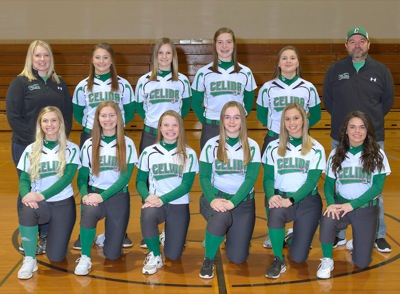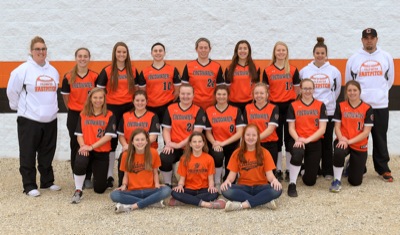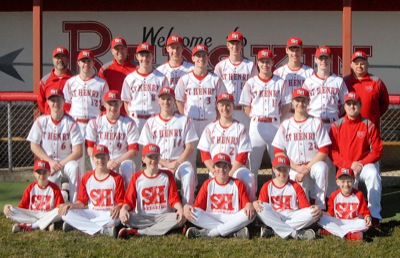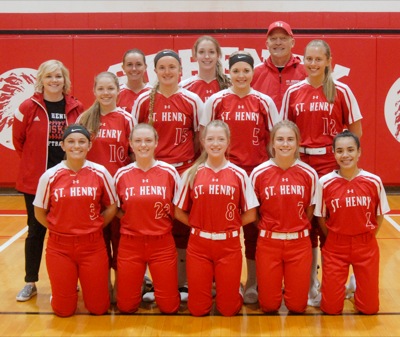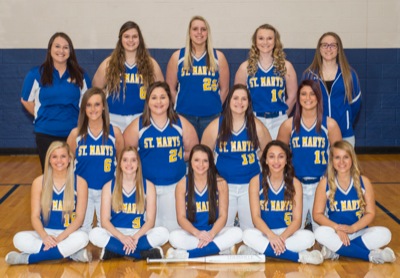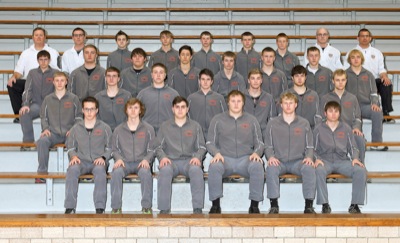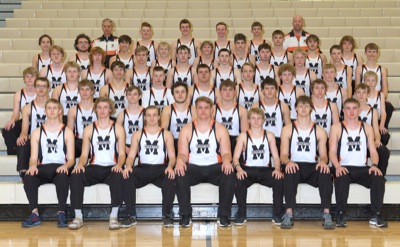Wednesday, March 21st, 2018
Casino revenue keeps on rolling in
Mercer County has received $2.61M since 2012, auditor says
By William Kincaid
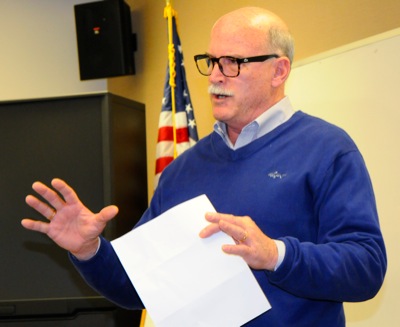
Photo by William Kincaid/The Daily Standard
More than $2.5 million in casino tax revenue has poured into the Mercer County government's coffers since 2012, according to county auditor Randy Grapner, who recently addressed the county's township association.
CELINA - Casino tax cash continues to flow into Mercer County, benefiting the county government's general fund, which pays for the day-to-day operations of most departments and agencies.
Since 2012, more than $2.5 million in casino tax allocations has poured into the county's coffers, giving county commissioners another important revenue stream to balance the budget each year.
"It goes straight to the general fund, and the county commissioners have total control over it," Mercer County Auditor Randy Grapner explained at a recent gathering of township trustees and other local government officials.
The county so far this year has received one payment of $116,680 for January, Grapner pointed out.
"We're up over last year (at this time) $8,036.64," he said.
The county since 2012 has netted a total of $2.61 million. It garnered $477,114 in casino revenue in 2017, $484,177 in 2016, $473,282 in 2015, $490,093 in 2014, $462,624 in 2013 and $106,797 in 2012, Grapner said.
As with the county's sales tax, casino revenue isn't earmarked for a specific purpose. Rather, as with most local governments and school districts, the money heads straight into the general fund for operating expenses. This year, county commissioners signed off on a budget setting the general fund at $12.985 million, up from $12.133 million last year. The total budget for all accounts was $63.3 million.
Ohio voters in 2009 approved a constitutional amendment allowing for four casinos in Cleveland, Toledo, Cincinnati and Columbus, according to the Ohio Department of Taxation. The state collects a 33 percent revenue tax on licensed casino operators.
The state allocates the revenue to numerous entities - 51 percent for counties, distributed quarterly to 88 counties based upon population; 34 percent into the county student fund, distributed to all school districts based upon student populations; 5 percent into the host city fund for Cincinnati, Cleveland, Columbus and Toledo; 3 percent into the casino control commission fund; 3 percent into the state racing commission fund; 2 percent into the law enforcement training fund; and 2 percent into the problem casino gambling and addictions fund.
The state in fiscal year 2017 took in about $264.7 million, according to annual state report.
Marion Township Trustee Bob Unrast at the meeting said he had thought townships had been set to get casino tax revenue to offset the loss of state funding. That day never came, he said.
"Unfortunately, (the governor) didn't include that language in the constitutional amendment," Grapner said. "I know that in years gone by, the state of Ohio has asked things and made promises to the townships or local governments, and then forced us to comply with Ohio Revised Code so the code always must be done. The promises sometimes don't follow through."
Moreover, the county has complete control over the share of county casino tax revenue, Grapner said.
"I know that there are other counties throughout Ohio who share, but they may not share the same way we share local government funds," Grapner said.
"I think that in the event that you wanted to carry your flag upstairs, second floor, you could go talk with commissioners about that, Bob," Grapner said, drawing chuckles.
Area school districts also receive the casino money for general operations.
School districts net 34 percent of the casino tax twice per year based on student population. Celina City Schools - the largest Mercer County district - has received roughly $130,000 annually in casino tax revenue in recent years.
"It's a windfall when it comes, and it's not much of a windfall when you're looking at a $30 million budget," treasurer Tom Sommer told the newspaper this morning, adding the revenue goes directly into the district's general fund for operating expenses.
The school collected $67,660 in August 2016 and $61,698 in January 2017. Most recently, it took in $68,160 in August and $63,824 in January, Sommer noted.





